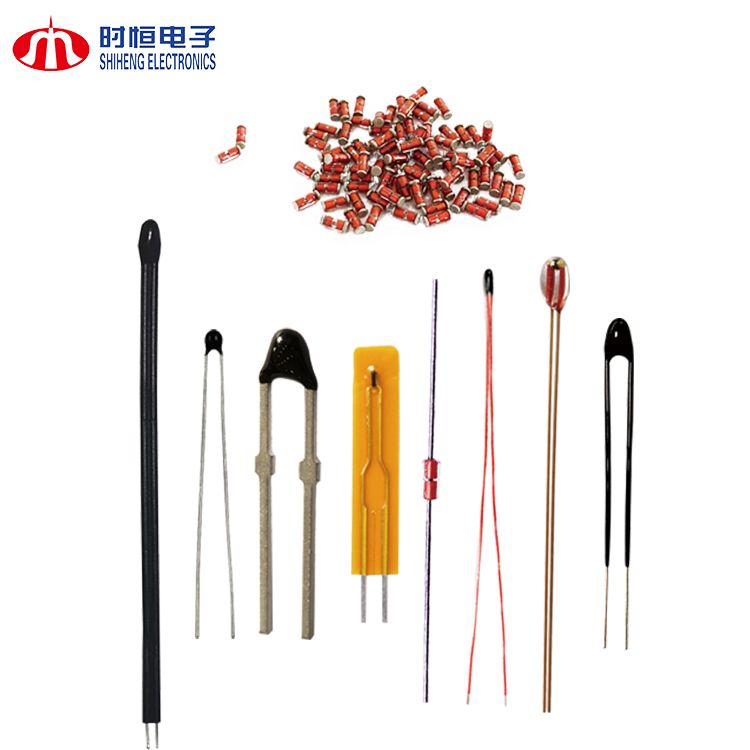¿Cómo afecta la ciencia de los materiales del termistor al rendimiento del sensor?
May 14, 2025¿Cómo afecta la ciencia de los materiales de los termistores al rendimiento del sensor? En cuanto a la detección de temperatura, la mayoría de los ingenieros se centran en la aplicación, la precisión o el estilo del encapsulado. Pero detrás de cada... termistor de alto rendimiento Se encuentra una base que a menudo se pasa por alto: el propio material cerámico. Ya sea que diseñe para sistemas automotrices, médicos o industriales, comprender la ciencia de los materiales detrás de los termistores puede ser la clave para lograr un mejor rendimiento, una mayor vida útil y resultados más consistentes.
¿Por qué es importante la composición cerámica?
Los termistores NTC suelen fabricarse con óxidos metálicos sinterizados, generalmente una combinación de óxidos de manganeso, níquel, cobalto y cobre. Las proporciones y estructuras de grano específicas de estos materiales afectan directamente:
En Nanjing Shiheng, hemos invertido mucho en tecnología de sinterización y formulación cerámica avanzada para diseñar termistores que brinden un rendimiento confiable y de alta precisión en condiciones extremas.

Innovaciones clave en materiales para termistores. Estos son algunos de los avances en materiales que influyen directamente en el comportamiento del termistor:
1. Preparación de polvo a escala nanométrica. Nuestro proceso patentado crea polvos cerámicos ultrafinos con tamaños de partícula uniformes, lo que garantiza:
2. Control automático de sinterización. Los procesos de sinterización con control de precisión dan como resultado:
3. Interfaces cerámica-electrodo adaptadas. Un electrodo mal adaptado puede generar resistencia de contacto o deriva a largo plazo. Nuestros termistores utilizan metalización optimizada para lograr:

¿Cómo se traduce esto en rendimiento?
Así es como nuestra ciencia de los materiales se traduce en ventajas en el mundo real:
Parámetro | Impacto de los materiales avanzados |
Tolerancia a la resistencia | ±1% o mejor, incluso a volúmenes altos |
Precisión de la temperatura | ±0,1℃ (0–70℃); hasta ±0,01℃ en modelos de precisión |
Durabilidad | Más de 100.000 ciclos térmicos sin fallos |
Calificación Automotriz | Aprobado por AEC-Q200 para MF51, MF52, MF58, Serie MF59 |
Resistencia ambiental | Pasó las pruebas de 85 ℃/85 % HR + agua hirviendo + voltaje |
Diseñados para las exigencias de la industria moderna. Los termistores de alto rendimiento se fabrican a partir de materiales de alto rendimiento. Ya sea que diseñe una sonda de temperatura de grado médico, un sistema de monitoreo de baterías para vehículos eléctricos o un circuito de compensación de temperatura en dispositivos IoT, la cerámica es fundamental.
¿Quieres ver la diferencia material en acción? Contáctanos para muestras, hojas de datos o una consulta de desarrollo personalizado.